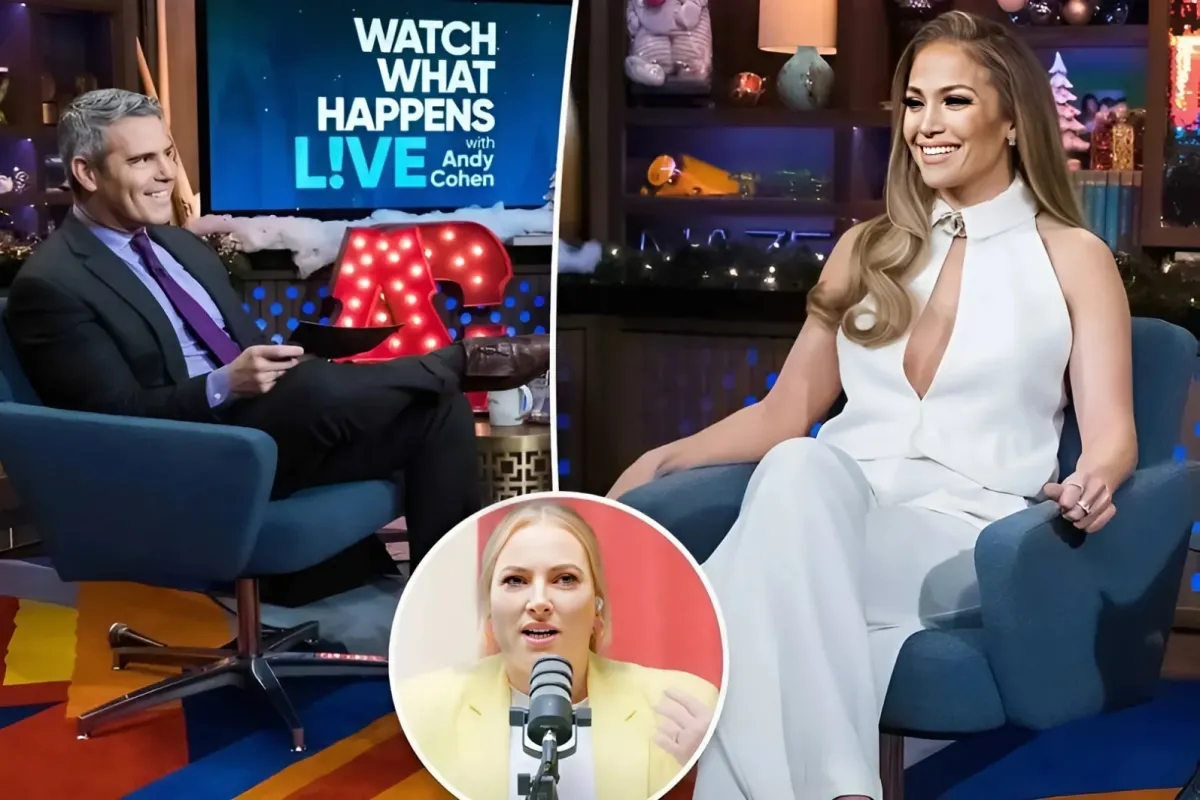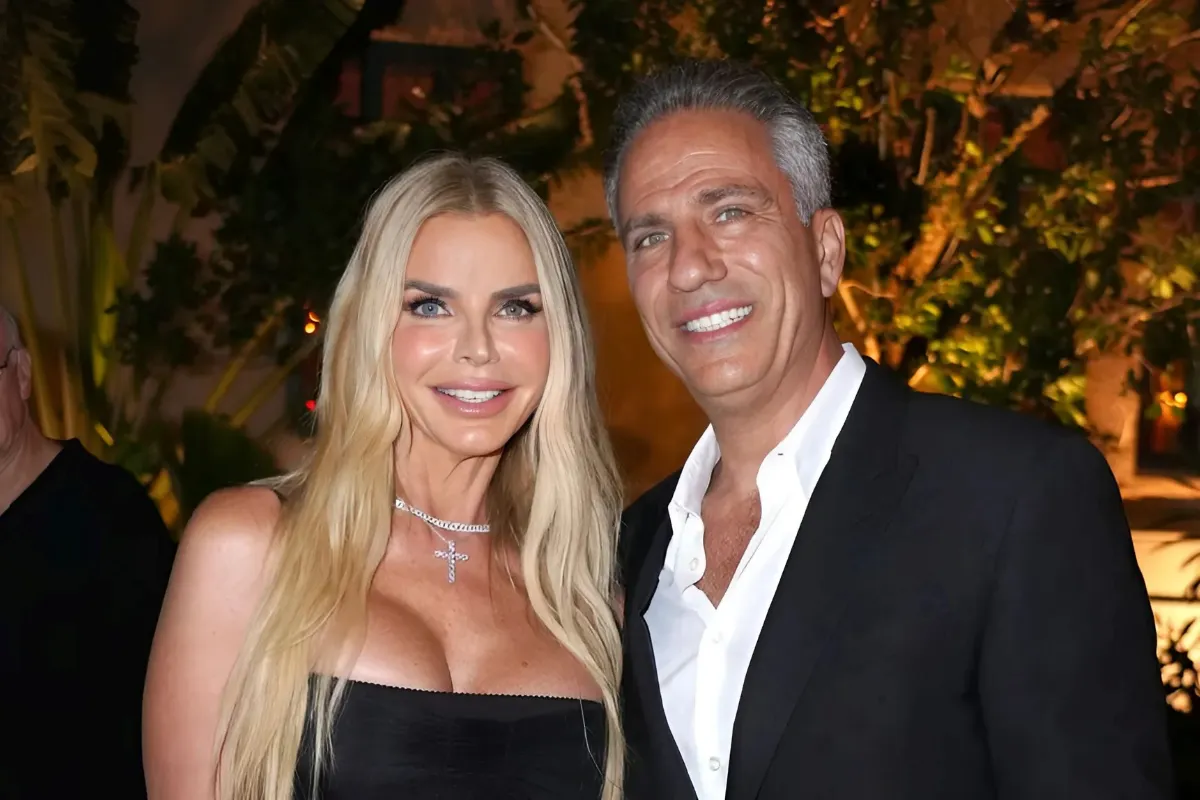
When the Washington Capitals’ season ended last spring, the future seemed pretty bleak.
Washington defied the odds and made the postseason with a minus-37 goal differential, the worst mark of any playoff team in the salary cap era, only to be eliminated in a four-game sweep in Round 1. And then came the questions on what should come next.
The Capitals made the postseason in 2024 without taking a heavy-handed approach at the deadline or even the summer before. So there seemed to be potential to build on, especially after new head coach Spencer Carbery did so much with a relatively lackluster roster. Still, the question was whether reaching the postseason gave this team false hope about their true trajectory.
The Capitals seemed to be in limbo between their aging core and the franchise cornerstone’s quest for history, which could lead the team back to the mushy middle. So, management got to work over the summer, which seems to be paying off early this season.
With a 10-4-0 record and 20 points, Washington sits in the top three in the Metropolitan Division and fourth overall in the Eastern Conference. The surprisingly good start has sparked questions around the league: Are the Capitals actually good and is this start sustainable?
The Capitals’ impressive start didn’t just come out of thin air. Management didn’t just keep the status quo after reaching the playoffs last year. There were subtractions from Darcy Kuemper in goal to Nick Jensen, Nicolas Aube-Kubel, Max Pacioretty, and Beck Malenstyn. More importantly, there were key additions. Washington took some risk by betting on reclamation projects like Jakob Chychrun, Andrew Mangiapane, and Pierre-Luc Dubois. Matt Roy was the team’s big-ticket free-agency signing, while Brandon Duhaime bolstered their depth. And Logan Thompson was brought in to replace Kuemper.
Washington added the third-most value to their roster (plus-31 Net Rating) in July. That seemed like enough to be in the mix but not quite enough to transform the team into a contender. Between their roster and the strength of the Eastern Conference, the Capitals’ projected odds for the playoffs were at 19 percent in the preseason. That has jumped to 75 percent after the first month of action.
Much of that is fueled by Washington’s high-octane offense. It’s easy to think of the Capitals as power play merchants that relies on Alex Ovechkin’s signature one-timer from the left circle. They generated a lot of looks on the advantage but struggled to convert on them for a stretch this season. The power play is clicking now, which gives this team another weapon to lean on. But it’s far from the only scoring threat.
The Capitals have been thriving offensively at five-on-five. Ahead of Monday night’s matchups, they led the league in scoring with 4.08 goals per 60. There’s one big red flag behind that number — the fact that they’re shooting 13.6 percent, which also leads the league — but there are elements of sustainability.
At five-on-five, the Capitals have created a legitimately dangerous offense thanks to their ability to drive right to the quality areas of the ice. That starts with their top line of Ovechkin, Dylan Strome, and Aliaksei Protas, which has outscored opponents 13-4 in their minutes so far.
Unlike last season, Ovechkin didn’t forget that he was an elite scorer in the first half of the season. The shot volume still doesn’t match up to his peak years at five-on-five, but the quality is there. And so are the results. Ovechkin is on pace for over 50 goals this season, and his five-on-five scoring is a key reason why. He shouldn’t be expected to score at this clip across a full season, especially with his age and the fatigue factor in mind. But there are elements to his game and this line that are encouraging in the long run — like the fact that the Capitals are above break-even in expected goals in his minutes for the first time since 2017-18.
Strome isn’t just dragging Ovechkin around like he was to start last year. He’s emerged into a legitimate first-line center whose puck movement is elevating the aging star in his quest for Wayne Gretzky’s scoring record.
The emergence of Protas has rounded out that duo. He brings a lot of speed to the combination while using his size and strength to retrieve pucks and create time and space for his linemates. And that’s helping this line score goals in many ways — they’re dangerous off the rush, can cycle and keep play in the offensive zone, and they’re effective at generating quality looks right after a face-off.
Like Protas, Connor McMichael has developed into a reliable contributor. Shifting from center to left wing seems to agree with him this season. The most eye-catching element of his game is the fact that he is a legitimate shot-volume machine. But his transition game and passing have clicked with Dubois and Tom Wilson. Dubois may never live up to his paycheck, but he fits as a 2C in Washington. And Wilson is having a resurgence after a down year. He looks back to full strength and is driving play again.
Together, this line is helping embody some of the strengths behind the Capitals’ offensive attack. They thrive in the neutral zone to force turnovers and are dangerous off the rush. Washington hasn’t exactly been known for its speed in recent years, but has excelled in transition to start this season.
The McMichael-Dubois-Wilson line is rocking a 64 percent expected goal rate that stacks up to some of the best lines league-wide and are outscoring opponents 12-9.
That success trickles into the bottom six as well. Mangiapane has added speed and two-way reliability to the third line. Nic Dowd’s fourth line has solidified the forward group, too. That gives Washington four reliable lines to roll through, which really separates this team from years past.
On the backend, there’s another blend of veteran talent meshing with up-and-coming players. Just like Ovechkin and Wilson look revitalized up front, John Carlson does from the blue line. He is helping drive play with Martin Fehervary at his side; the duo has earned almost 67 percent of the expected goal share in their minutes.
Rasmus Sandin is also coming into his own on the second pair. He struggled with his deployment initially but has adapted to playing more meaningful minutes. And now, with Matt Roy in the fold, he has gained a steady shutdown presence on his right.
The five-on-five offense has been stellar, the power play is hot, and the penalty kill has been stout. All of that has made for an exciting start to the season. But there is still work to do to sustain it.
What comes up usually comes down, so the Capitals can’t expect to keep converting on their chances at such a high rate. But even if (or when) their shooting percentage regresses, the offensive generation behind their scoring has been excellent — to the tune of 3.62 expected goals per 60, which led the league heading into Monday night.
If the offense is going to stay this potent, the Capitals also need to tighten up defensively. Washington is still outpacing what they allow back, but they’ve gotten a lot leakier back in their own zone as the season progressed. The Capitals played up to some of their more threatening opponents earlier this season, like the Golden Knights, Devils, and Rangers. But they’re trending down defensively against weaker teams, including the Blue Jackets, Predators, and Penguins over this most recent stretch. As excellent as they’ve been in transition so far, they are giving up a lot of rush chances back, which is exposing their goaltenders.
The goaltending hasn’t been perfect so far. Thompson is trending up and giving the team a chance to win most nights he is in net. But Charlie Lindgren hasn’t found last year’s magic yet, and the team’s recent defensive trends will only make that more challenging.
The Capitals have set themselves up for success in the early goings of the season. Up-and-coming talent has progressed to give this team the oomph they’ve been missing around their aging cores. Big offseason swings have added even more support.
But a strong offseason and start to the season is just that. It’s a start, but there is still a lot of hockey to finish. The Capitals have to find ways to sustain their level and build on it to go from being in the playoff picture to a true threat in the spring. This next stretch of play — with meetings against projected playoff teams like the Maple Leafs, Avalanche, Golden Knights, Devils, Panthers, and Lightning — will be a major test of that.
Data via Evolving-Hockey, HockeyViz, HockeyStatCards, AllThreeZones, and NaturalStatTrick. This story relies on shot-based metrics; here is a primer on these numbers.



